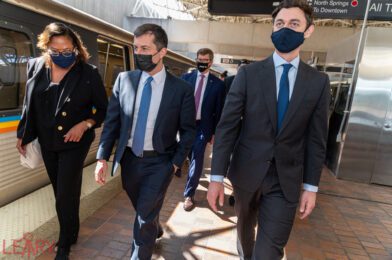Photos that engage me the most at the ones that communicate emotionally, spiritually, or psychologically.
It is easier for a photo to do this with the photographer getting close enough to connect with people. This is especially necessary for photos whose purpose is to communicate a particular message to an audience.
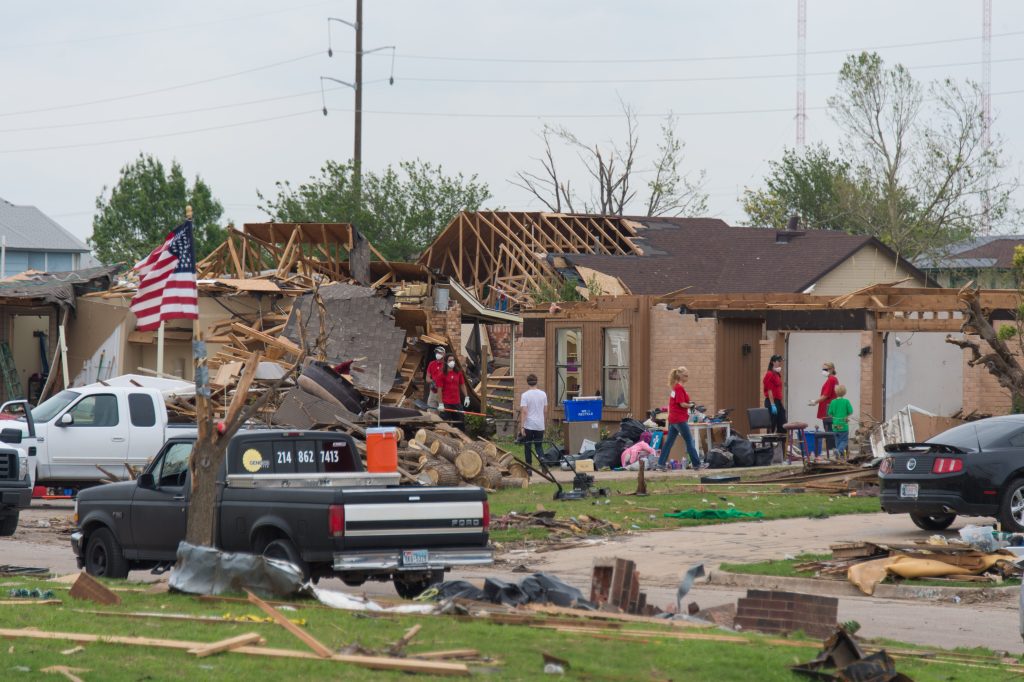
Photojournalism is highly objective, and while some images can be stunning, there is little scope for direction or altering lighting conditions.
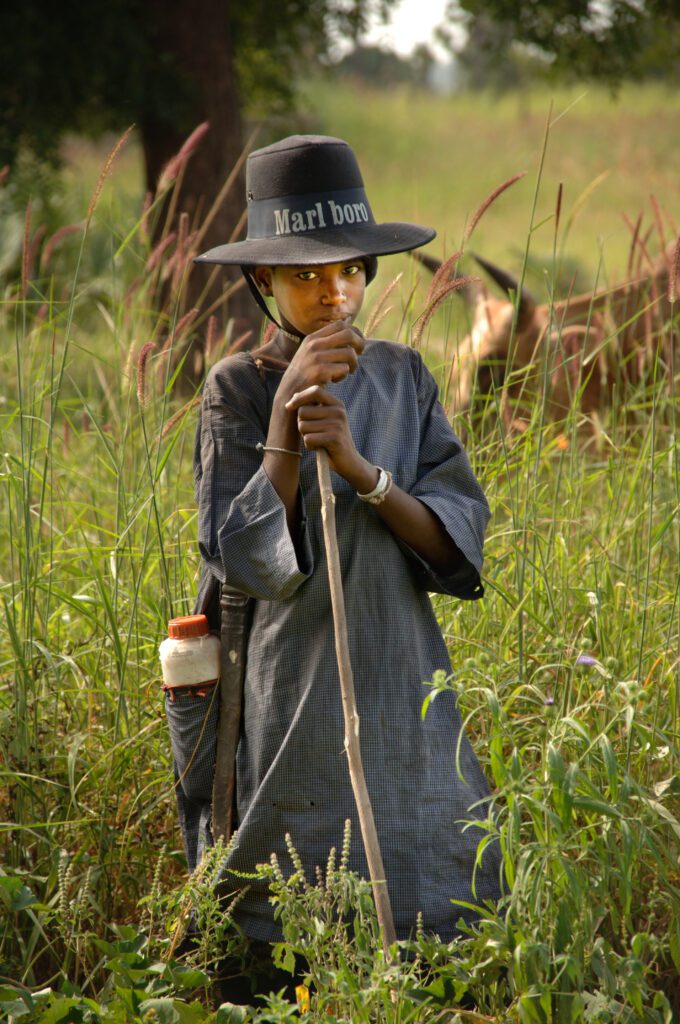
Documentary photography is very close to photojournalism, about recording an event or telling a viewer about something through a series of pictures. However, documentary photography needn’t be as objective as photojournalism, and the documentary photographer has more freedom to direct subjects, change the scene, modify the light, etc.
Editorial photography is about shooting for newspapers or magazines, but it is not photojournalism. Typically an editorial photographer will be producing portraits or documenting a workplace or an event of some kind for a feature in a magazine. The photographer does not need to be objective like a photojournalist but needs to meet the brief, often producing polished images that border on being commercial.
While I started in this profession as a photojournalist, I often worked as an editorial photographer. After working for a newspaper, I went to work for The Commission Magazine and the Foreign Mission Board. We were all photojournalists by training who were doing editorial work.
We were sent stories with a call to action, which is not part of photojournalism. We constantly asked the audience to take action and support the organization’s work.
Why do organizations continue to call me to help communicate their message? First, my portfolio shows that I can capture the emotional, spiritual, or psychological storyline for the audience.
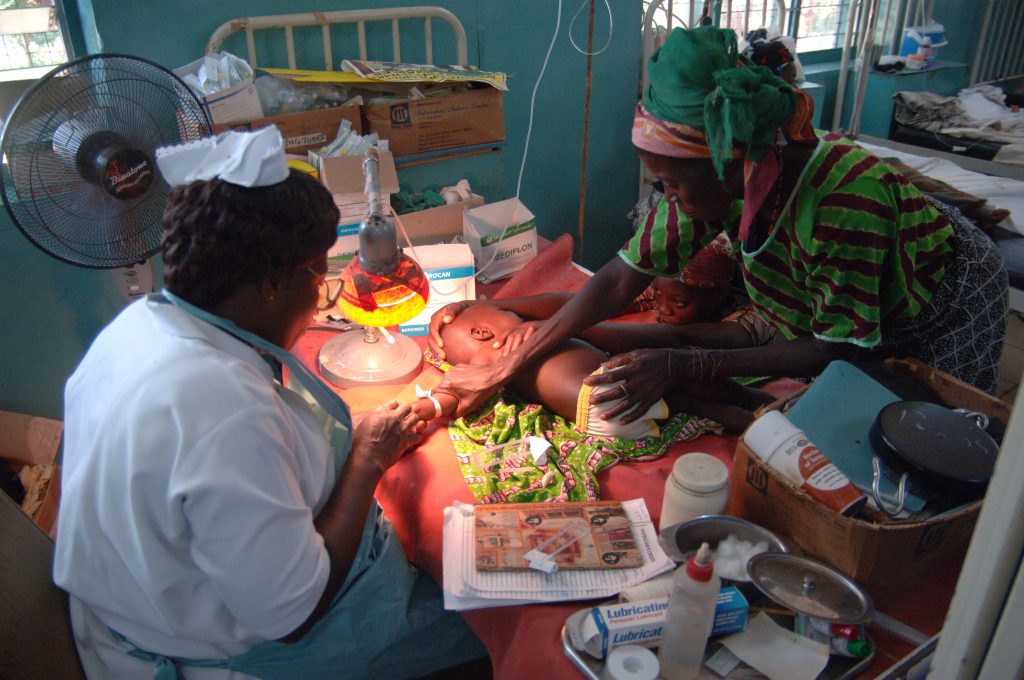
So how do I consistently do this for my clients?
Before I go around the world for a client to do a story, I spend a reasonable amount of time asking questions to the client. These questions are what I need to know to be on purpose when I am working on the story.
- What is the story or assignment? This is where I hear them tell me what they believe the story is about.
- What is the call to action for this story?
- Who is the audience, and how will they see or hear the story? For example, is this a printed piece, in a blog, will it be a video online, or will it be shown at a meeting?
- Logistics questions come next.
- Who is my contact on the field?
- How long do I have with the subject to do the story? I am often negotiating this part.
- When is the deadline for the photos, text, and video?
- If a video which will be reviewing this and making editing decisions?
Most of the time, I try to connect with the subjects before I leave for my coverage. First, I will do a preliminary interview, which verifies what I have been told the story is about. This process involves getting to know the subject and building a relationship.
Once I am on location with the subject, I sit down and converse with them. I learn about them in general and not just about the story—things we may have in common to build upon. I get them talking as much as possible and only inject something about me and my connections into their lives to help develop a bond.
Once I have their story, I summarize the storyline to them and ask them if I have it correct. They may alter a point or two at this point. Once we agree on that storyline, I get to work.
At this point, I will transition to capturing the story with photos and video. I let them know what I need to do to get the content. Often if the story has to do about their work, then I ask them to follow them and often will see if we can be sure I get a list of things they do that relates to the storyline. This is the editorial photographer role. I am just asking them to do what they usually do, but we schedule when I am with them.
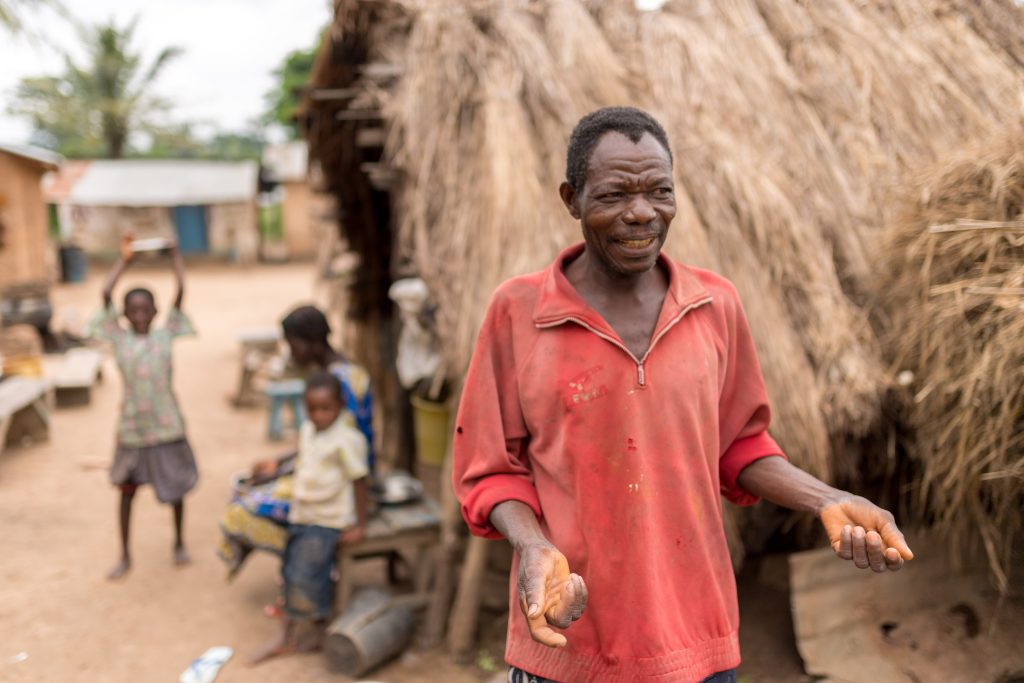
I give a little direction when we start and then let everything happen naturally. Then, since I am shooting to the brief of the organization that sent me there, I may ask them to repeat something so that I can get the photo from a different angle, or maybe I need to set up lights to reveal their faces or what they are doing.
Throughout my time with them, I will occasionally direct, but this is usually more like a movie director who asks for the actors to repeat a scene. I may have to move something out of the location that can be distracting. This would be a no-no for the photojournalist but OK for the editorial photographer. This is because the organization I am telling the story for isn’t a journalistic outlet. They are telling their story.
Depending on the lens, the audience will get a different vibe. A wide-angle lens requires me to get closer to the subject to fill the frame. Since I am more immediate, the audience will feel more intimate. I usually am less than three feet from the subject when shooting with a 14mm, 20mm, or 24mm lens.
While a portrait lens, like an 85mm lens, helps me compose a pretty tight headshot at a comfortable distance from them and keeps the proportions of the face looking good, I am usually about four feet from the subject.
Sometimes, I must back up and use a wide-angle lens to establish the subject in a location. The purpose of that photo is to show the context more than to see the expression on their face. Being further back to where you can see the person, but maybe the rest of the room will mean, at first glance, the audience is seeing the room. They may study the photo more and see a good expression, which is secondary to establishing context.
With video, I often need a sequence to help tell the story. So I may require the person to get into their car, drive to work, get out of the car, open the door to work, and so on. When necessary, I maybe use all my lenses and add lights inside the vehicle to show them without them being silhouetted.
As you can see, I need much cooperation from the subject to tell their story. You do not do this by just showing up and taking pictures or videos. You need first to get to know them. Throughout the entire process, I am still getting to know them.
To help make this easy to remember, start by talking your way in with the subject and then shooting your mode out of the story.
It is much easier to pull out a camera with a wide-angle lens and take some photos of a person you are having coffee with over a table than to start taking pictures and walking closer and closer with your camera.
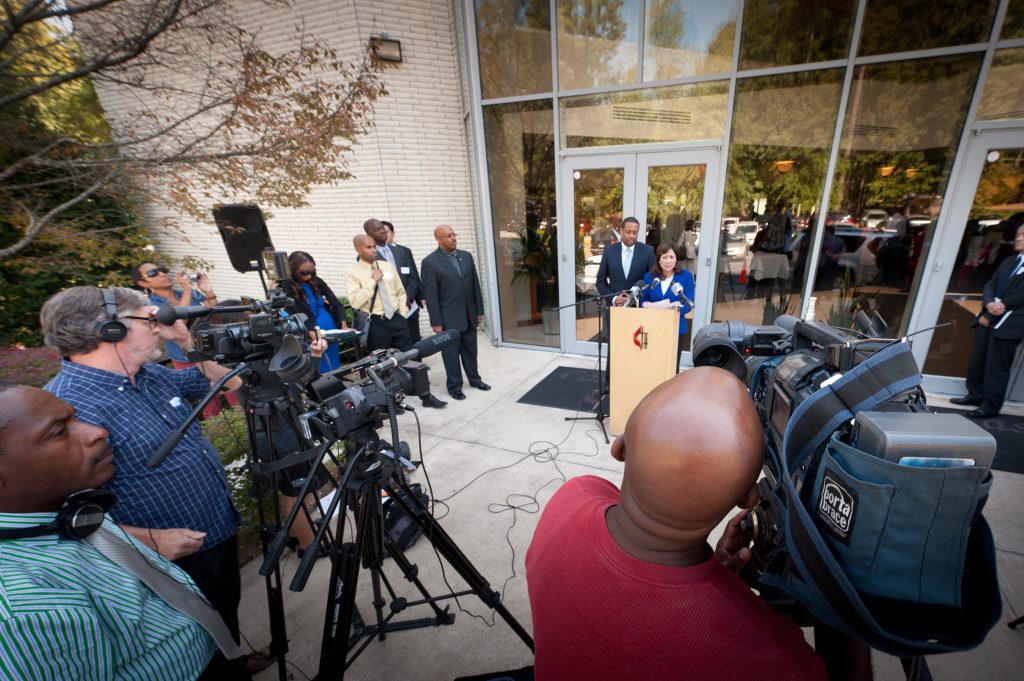
I know from my degree in Social Work that the process of doing an intake interview and understanding their real needs is very similar to the storyline process.
Often after I have finished a story, it feels the same as a therapy session. The subject feels like someone has helped to tell their story more efficiently than they could and, in the process, feel like they understand how to tell people their story in the future much better.
How do you make better photos? First, get to know your subjects!

